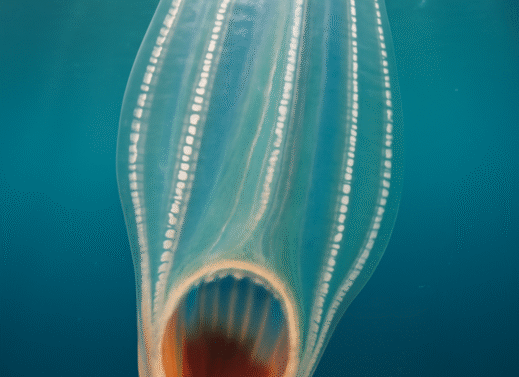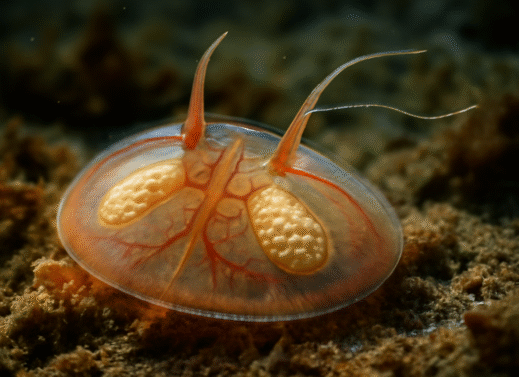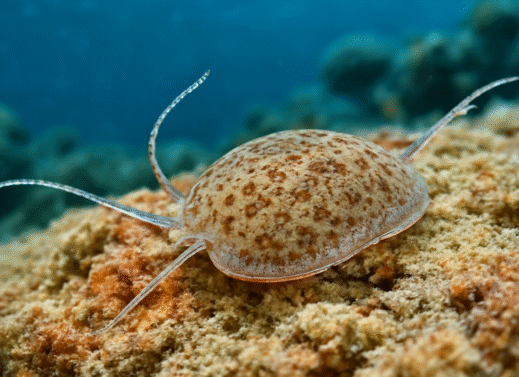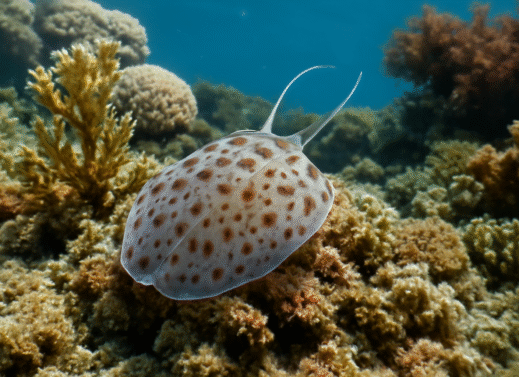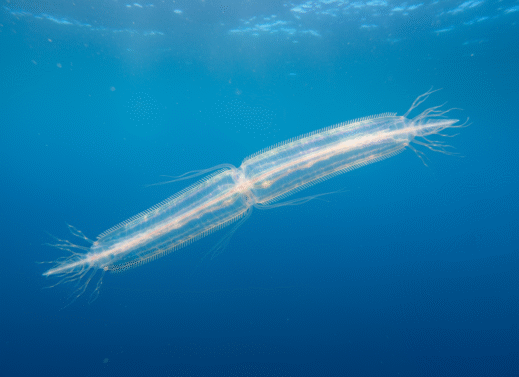Beroe
Beroe: A Detailed Insight into Classification, Ecology, Morphology, and Behavior Beroe is a genus of comb jellies (phylum Ctenophora) that stands out due to its active predatory lifestyle and unique morphological features. Unlike many ctenophores which feed passively on plankton, Beroe species are voracious predators specializing in feeding on other…

